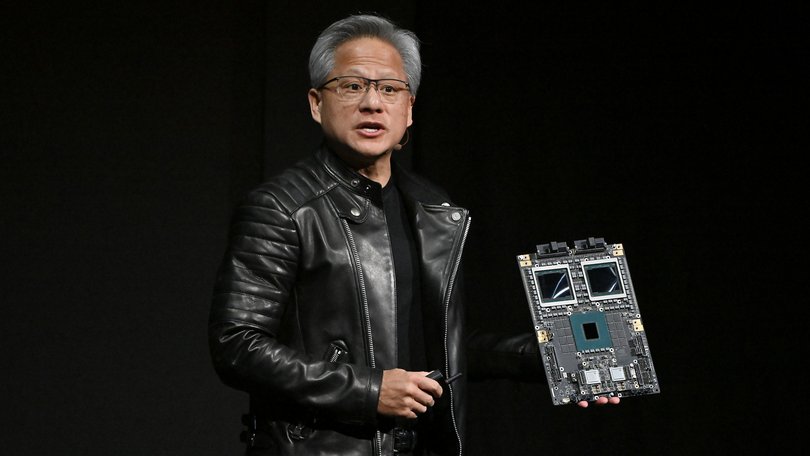Nvidia CEO Jensen Huang: If I were a 20yo again today, this is the field I would focus on in school

If Nvidia CEO Jensen Huang were a student today, he says he’d focus on the physical sciences.
During a trip to Beijing on Wednesday, Huang was asked by a journalist: “If you are a 22-year-old version of Jensen [who] just graduated today in 2025 but with the same ambition, what would you focus on?”
To that, the Nvidia CEO said: “For the young, 20-year-old Jensen, that’s graduated now, he probably would have chosen ... more of the physical sciences than the software sciences,” adding that he actually graduated two years early from college, at age 20.
Sign up to The Nightly's newsletters.
Get the first look at the digital newspaper, curated daily stories and breaking headlines delivered to your inbox.
By continuing you agree to our Terms and Privacy Policy.Physical science, as opposed to life science, is a broad branch that focuses on the study of non-living systems, including physics, chemistry, astronomy and earth sciences.
Huang got his electrical engineering degree from Oregon State University in 1984 before earning his master’s degree in electrical engineering from Stanford University in 1992, according to his LinkedIn profile.
About a year later, in April 1993, Huang co-founded Nvidia with fellow engineers Chris Malachowsky and Curtis Priem over a meal at a Denny’s restaurant in San Jose, California. Under Huang’s leadership as CEO, the chipmaker has now become the world’s most valuable company.
Nvidia also became the world’s first company to hit a $4 trillion market cap last week.
Although Huang didn’t explain why he says he’d study the physical sciences if he were a student again today, the tech founder has been very bullish on “Physical AI” or what he calls the “next wave.”
Over the past decade and a half, the world has moved through multiple phases of artificial intelligence, he explained in April at The Hill & Valley Forum in Washington, D.C.
“Modern AI really came into consciousness about 12 to 14 years ago, when AlexNet came out and computer vision saw its big, giant breakthrough,” Huang said at the forum.
AlexNet was a computer model unveiled during a 2012 competition that demonstrated the ability of machines to recognise images using deep learning, helping spark the modern AI boom.
This first wave is called ‘Perception AI,’ Huang said.
Then, came the second wave called “Generative AI,” “which is where the AI model has learned how to understand the meaning of the information but [also] translate it” into different languages, images, code and more.
“We’re now in this age called ‘Reasoning AI’... where you now have AI that can understand, it can generate, [and] solve problems and recognise conditions that we’ve never seen before,” he said. Artificial intelligence, in its current state, can solve problems using reasoning.
“Reasoning AI allows you to produce a form of digital robots. We call them agentic AI,” said Huang. These AI agents are essentially “digital workforce robots” capable of reasoning, he added. Today, AI agents are a key focus among many tech companies, such as Microsoft and Salesforce.
Looking ahead, the next wave is “Physical AI,” said Huang.
“The next wave requires us to understand things like the laws of physics, friction, inertia, cause and effect,” said Huang in Washington, D.C., in April.
Physical reasoning abilities, such as the concept of object permanence — or the fact that objects continue to exist even if they’re out of sight — will be big in this next phase of artificial intelligence, he said.
Applications of physical reasoning include predicting outcomes, such as where a ball will roll, understanding how much force is needed to grip an object without damaging it and inferring the presence of a pedestrian behind a car.
“And when you take that physical AI and then you put it into a physical object called a robot, you get robotics,” he added. “This is really, really important for us now, because we’re building plants and factories all over the United States.”
“So hopefully, in the next 10 years, as we build out this new generation of plants and factories, they’re highly robotic and they’re helping us deal with the severe labor shortage that we have all over the world,” said Huang.
